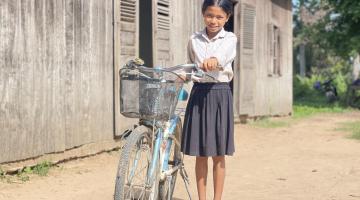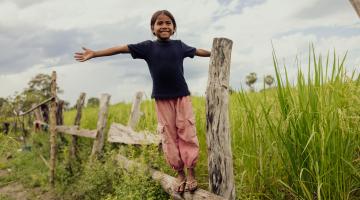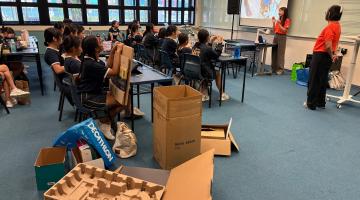Amidst Conflict and Displacement, South Sudanese Children Learn to Dream Again
With every displacement, childhoods and dreams are lost. Such is the case for internally displaced children in South Sudan, whose dreams cannot take root as they constantly flee from violence and strife.
“I was three years old and had just joined a preschool when the conflict began in 2016. I was excited to go to school. But when the conflict happened, my family and I needed to move to different places to be safe. So, I stopped going to school. I’m happy that I can go back to school in 2021,” says 10-year-old Apul.
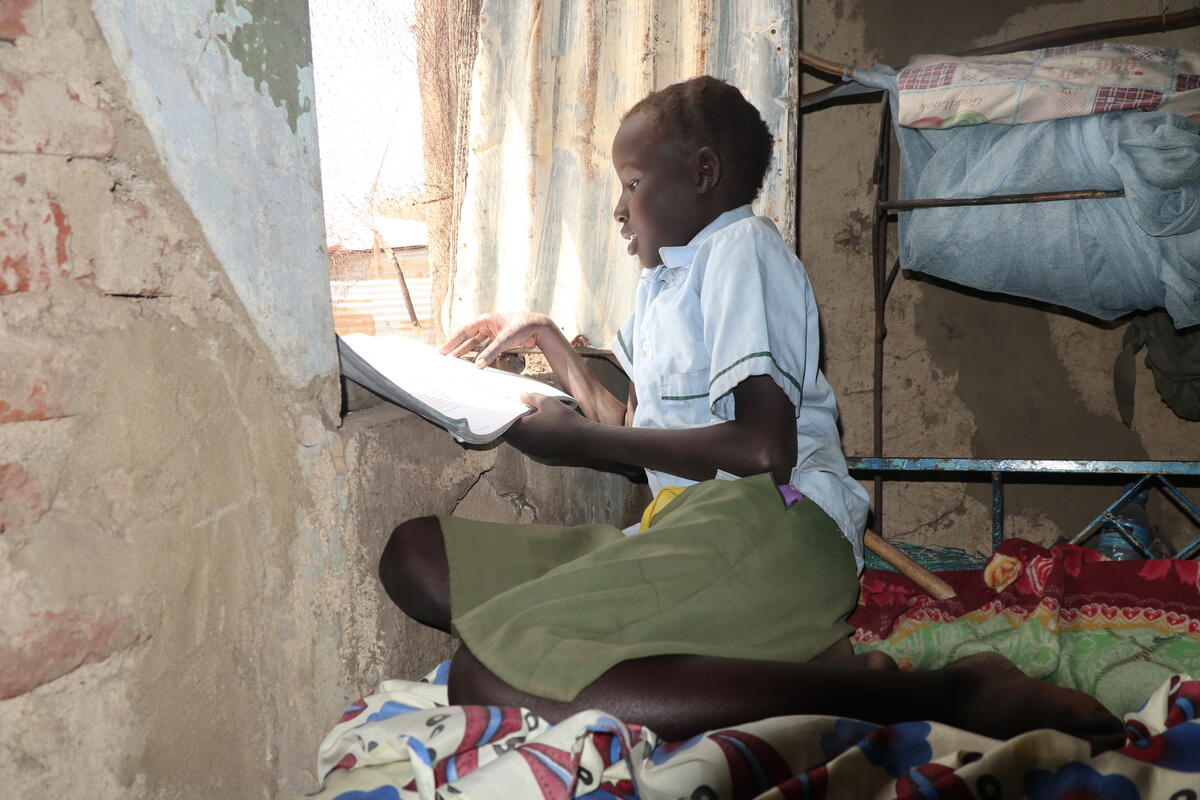
Malakal, the capital city of South Sudan’s Upper Nile region, suffered immensely when civil war broke out in 2013, destroying infrastructure and killing lives. While fighting initially ended with a peace deal signed in 2015, heavy fighting broke out again in 2016. This led to the internal displacement of tens of thousands of people once more, disrupting many children’s hopes for an education.
A fragile peace deal was signed in 2018 to end fighting that killed nearly 400,000 people. However, violence in parts of the country persists and South Sudan remains in a dire situation with many in need of humanitarian assistance.
Most educational infrastructure in South Sudan has always lacked adequate learning spaces to accommodate all learners within the area.
A primary school in Malakal was made of stone bricks and worn-out plastic sheets. “Students at that time could only attend the class for two hours inside the school. Some classes were held outside the school. Classes were often disrupted by the weather. Students were sent home when the heat became intolerable, and when it rained. All these affected their learning,” shares Bidit, a teacher.
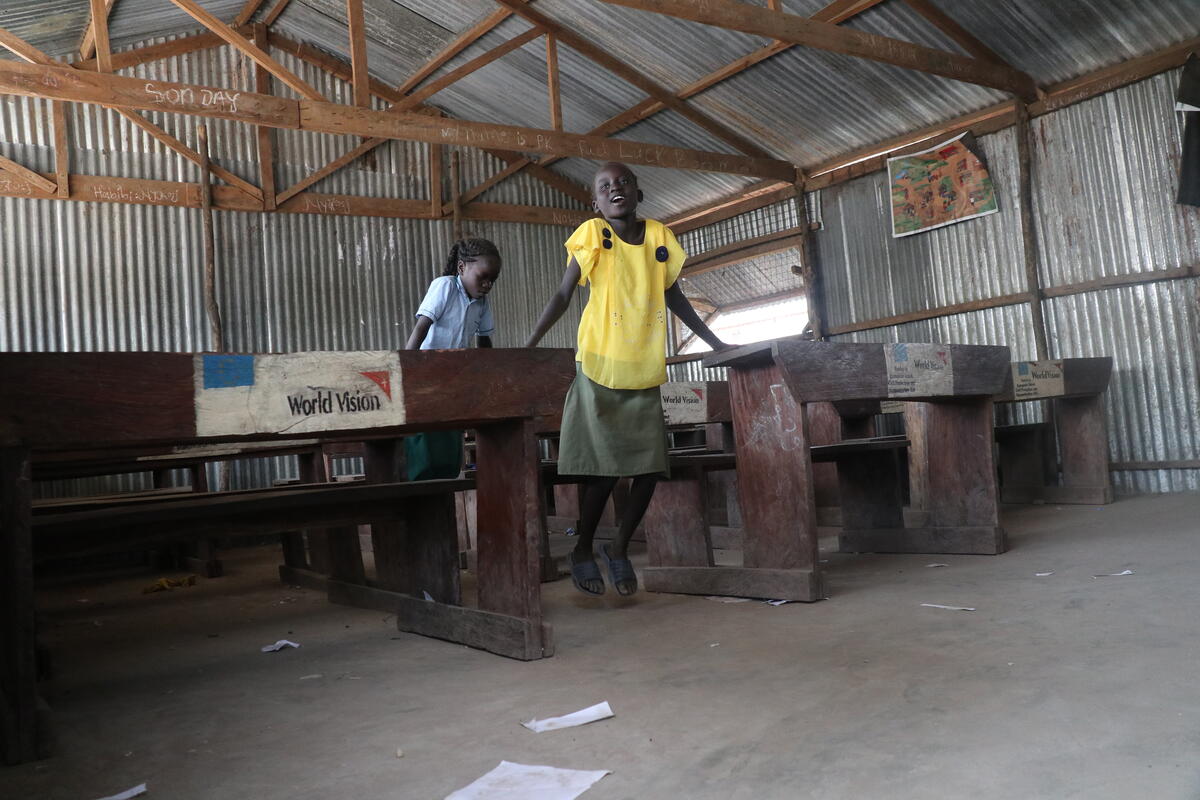
In response, World Vision, with support from the European Union, constructed 11 temporary learning spaces (TLS) in schools in the Upper Nile State. The objective of setting up the TLS is for children to have a conducive learning environment that supports effective teaching and learning.
In the primary school in Malakal, approximately 200 children use the TLS. With TLS, children like Apul are excited to be back in school and have a comfortable and conducive learning environment. “I am happy attending my classes. We (pupils) have desks. We are comfortable. I enjoy being at school,” Apul says. Apul’s elder brother, Deng, also enjoys going to school.
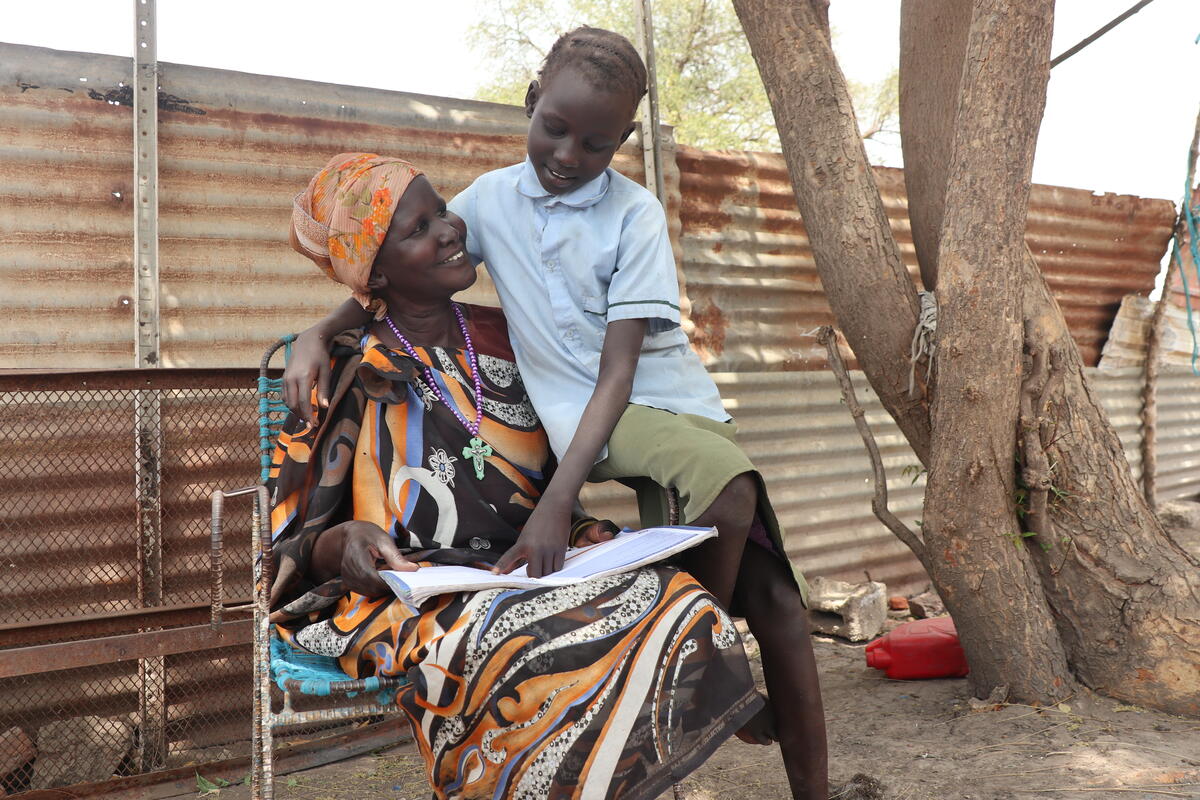
Sarah, 40, is happy to see Apul and Deng go to school. “As a mother, I had no power and control over death, but I sure can do something about the ones still living. Sending Apul and Deng to school is all I ever wanted, especially now that they are learning comfortably in school. I am no longer worried about them being exposed to the heat of the sun,” she shares. Sarah lost her two other children to sickness.
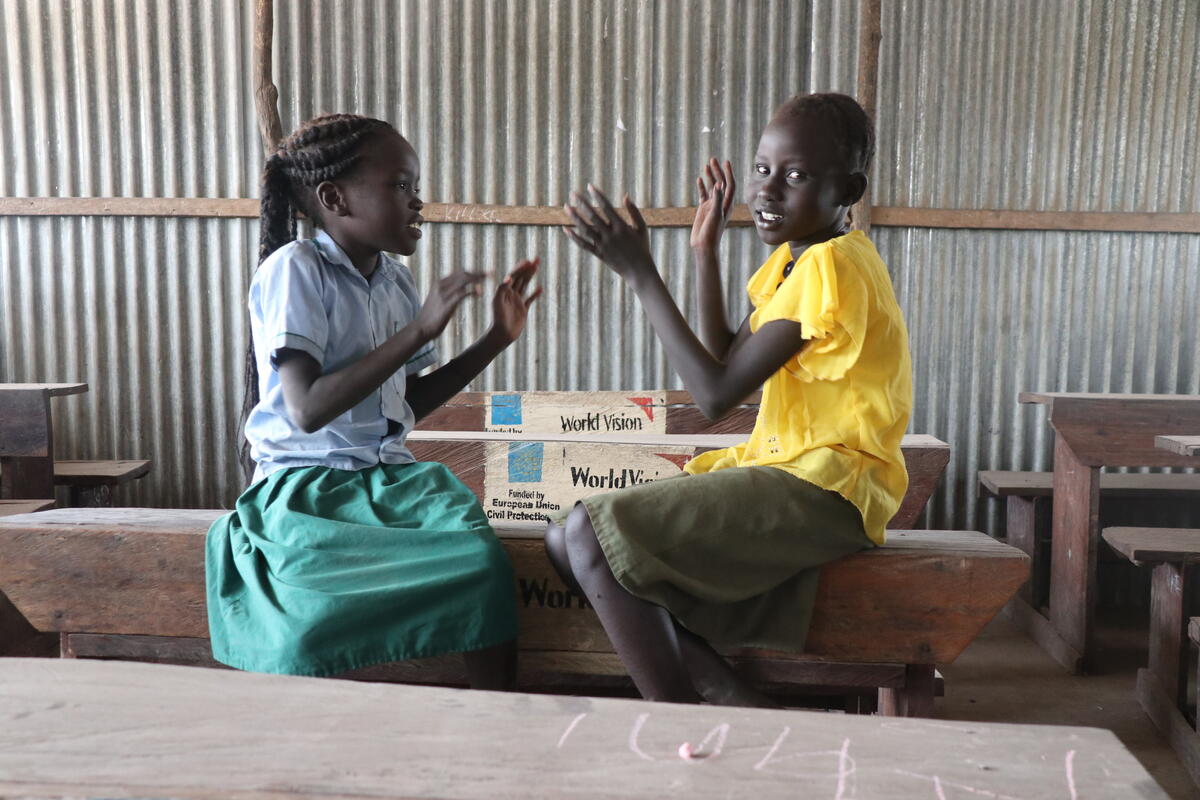
Awori Emmanuel, World Vision South Sudan's Education Manager, says, “Constructing the TLC plays a critical role in nurturing children’s behaviour. TLS provides a safe and conducive space not just for learning, but also for building better relationships among learners, as well as with their teachers. When children feel good, safe, and comfortable, the more they are likely to attend classes, thus reducing the incidents of children dropping out from school.”
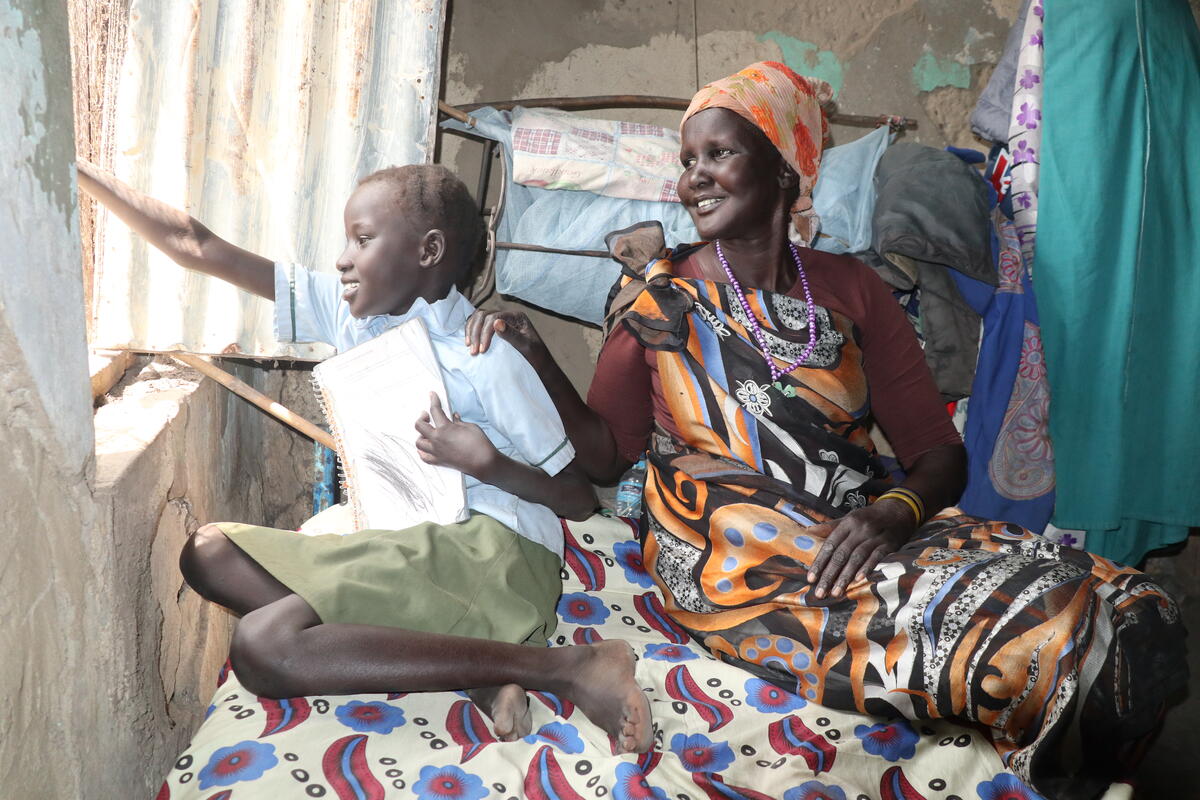
Now empowered by education, Apul has the opportunity to chase her dreams. She hopes to become a pilot someday and is eager to give her all to her studies to fulfil those dreams.
